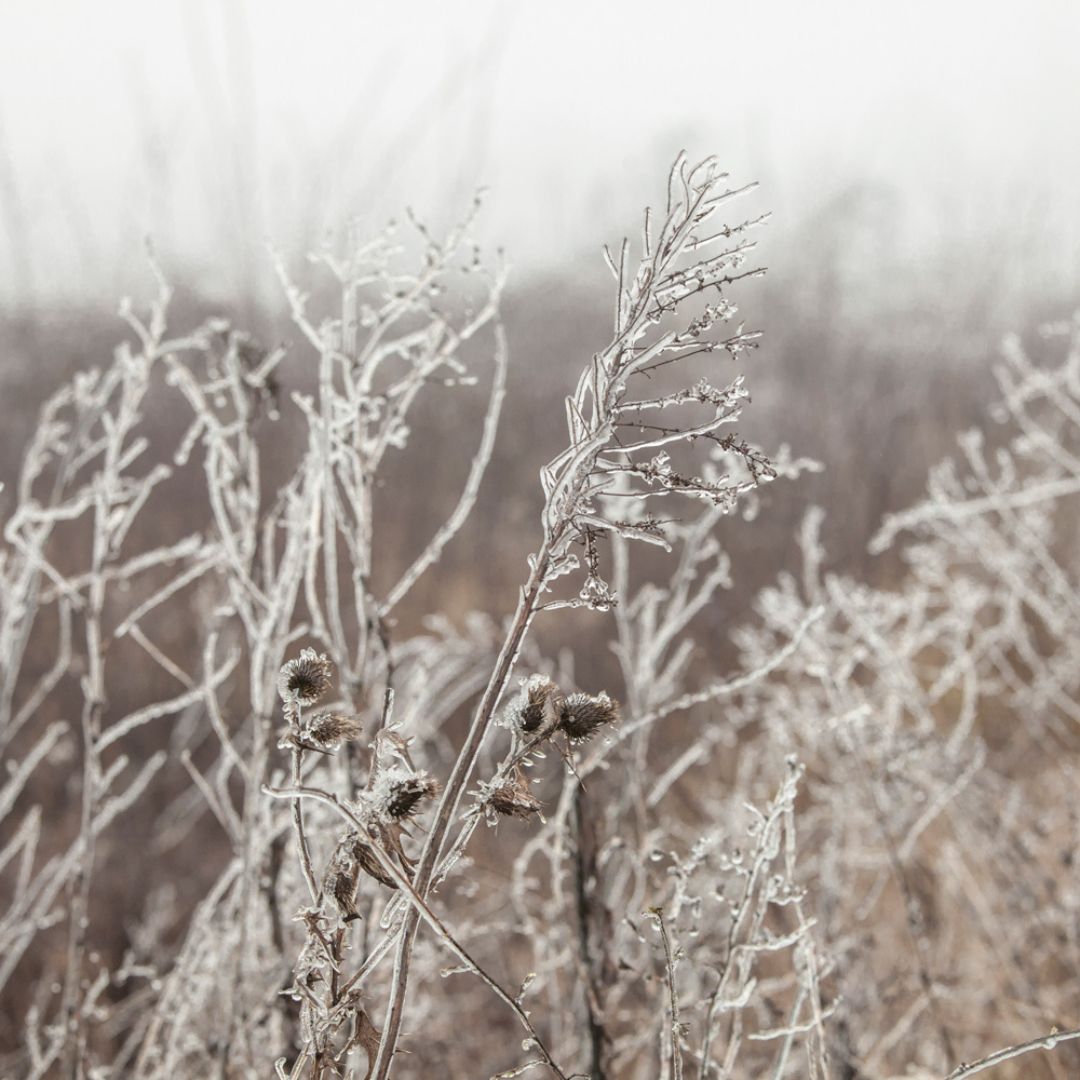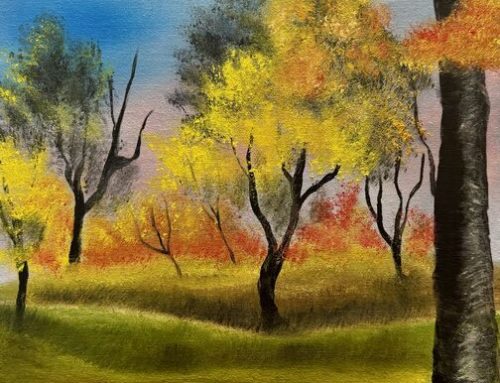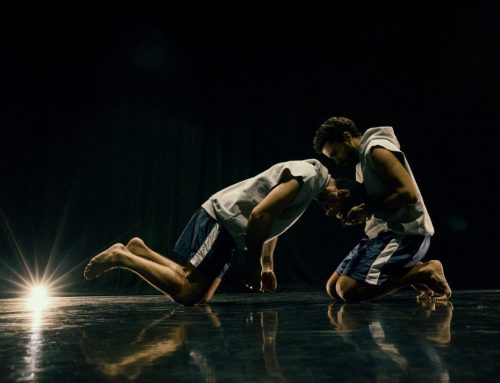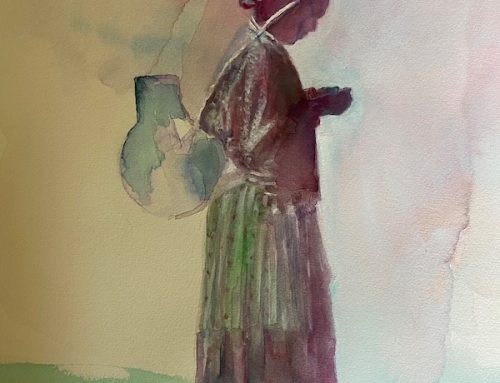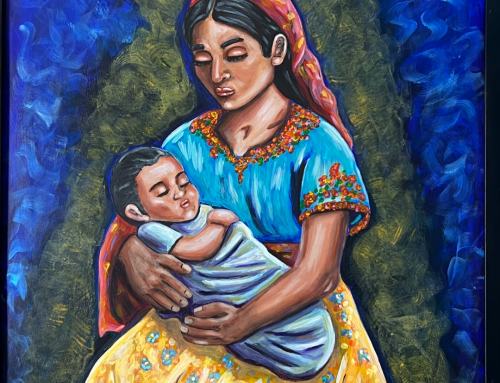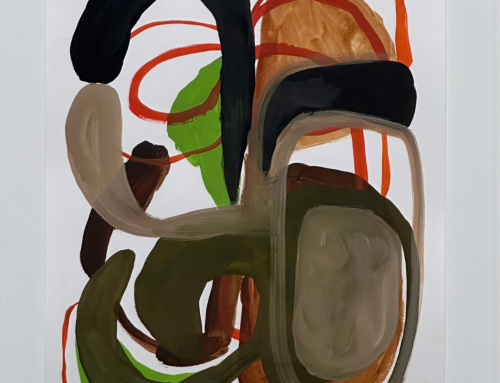February 24, 2025 – May 28, 2025
Valencia Public Library, 23743 Valencia Blvd, Valencia, CA 91355
The City of Santa Clarita announces a new exhibition, “Serenity” which will be on view February 24, 2025 – May 19, 2025, located at the Valencia Library. This exhibit explores meditative landscapes that evoke introspection, stillness, and transformation. Created in Ukraine, this series captures the delicate balance between loss and renewal, where fog-laden highways and frost-covered terrains mirror the depths of memory and emotion, inviting viewers to find clarity and strength within moments of change.
Artwork by Yuliia Savenko
Q&A with Yuliia Savenko
What inspired this particular exhibit?
“This exhibition emerged from a place of silence and a personal movement toward inner stillness. There was a period in my life when external challenges demanded strength, while internally I felt delicate, almost weightless — as though suspended in still air. That’s when I felt compelled to create a visual space where vulnerability isn’t hidden but honored as a source of power. Serenity is a meditative series that explores feminine interiority, the quiet radiance we carry within, and moments where presence is more vital than action.”
How do you hope viewers connect with your artwork?
“I hope viewers slow down and allow the work to resonate within them. Each photograph is not only a visual object, but an energetic space. I pour a part of myself into every image, and the dialogue with the viewer is deeply important to me. Rather than giving answers, I want to offer a space where people can simply be — honest, tender, real, and present. Even without knowing the full context, they might feel the tone — like music that speaks directly to the soul, bypassing language.”
Do you have any tips for artists starting out?
“The most important thing is to protect your inner voice. In the beginning, it’s easy to get swept up in expectations — from the market, the audience, or even your own beliefs about what art “should” be. But authentic art is not born from pleasing others. It emerges from truth. Allow yourself to be sensitive. Don’t fear silence or slowness. Create not to produce, but when you truly have something to express. Art is not a sprint — it’s a slow, profound return to yourself.”
Do you have a favorite piece in this exhibit? If so, why is it your favorite?
“Yes — a work called Crystal. It contains no excess — only purity of form, transparency, and light. For me, Crystal is a faceless self-portrait. It captures a moment of suspended stillness, like a breath held just after a gust of wind. At the time of creating it, I felt weightless — balanced between softened pain and a soft inner light. It continues to reflect that fragile yet luminous part of me.”
What is your favorite part of the creative process?
“What I cherish most in the creative process is the way energy moves— when I feel goosebumps and know with certainty: this is it. It feels like touching something greater than myself. But the most magical part is when the image begins to breathe on its own. After it’s captured, it slowly becomes independent — yet still speaks my language. That moment feels sacred — a quiet transformation when the photograph comes alive.”
You describe your landscapes as meditative – how do you personally find serenity through photography, and has that changed over time?
“Photography, for me, is a way of listening, of noticing, engaging, and shaping my own reality. Through the lens, I don’t document the world — I look into its states and create my own.
In the past, I sought harmony through light, composition, minimalism — external structure. Now I know that true balance comes from within. The camera simply helps transmit that inner frequency. Today, I photograph when I feel calm inside — even if everything around me is in motion. It has become a form of mindfulness, a quiet return to presence.”
What role does memory or place play in your photography process?
“Memory and place are central to my artistic language. Every space I photograph carries emotional resonance — even if it’s not visible on the surface.
I was born in Ukraine, and that landscape — its textures, colors, and silences — is woven into me. It is part of my cultural DNA. It shaped how I see, how I feel. Los Angeles, where I live now, became a new skin — layered over those memories. In my work, I try to weave these two worlds together. For me, place is never just physical — it’s emotional geography. Memory animates space; and space, in turn, reflects back fragments of the self.”
Your sensitivity to subtle details is powerful. Did your childhood influence that aesthetic?
“Yes, very much so. I grew up surrounded by nature — in a quiet town in Ukraine, embraced by forests and open skies. My earliest memories are filled with light filtering through trees, the rhythm of the seasons, and the delicate textures of leaves, bark, and moss. I spent hours in solitude, dreaming, drawing, and creating a little world of my own in the attic of our house, which I turned into my first studio. My grandmother was a painter, and my father a photographer, so art was always present — not as something formal, but as a way of seeing. I was taught to observe gently, to feel before naming, and to respect beauty in its quiet forms. That environment shaped my visual sensitivity — not through noise or instruction, but through atmosphere, story, and attention. It taught me to listen to what isn’t said and to find emotion in stillness.”
Do you still stay connected to the Ukrainian art world?
“Yes. Ukrainian contemporary art has incredible depth — it’s resilient, symbolic, and emotionally rich. Even under pressure, artists from Ukraine find ways to express beauty, grief, and hope through powerful metaphor. I stay connected through collaborations, conversations, and cultural exchange. That artistic environment gave me not only my visual language, but also a certain emotional honesty. That inner landscape still guides me.”

